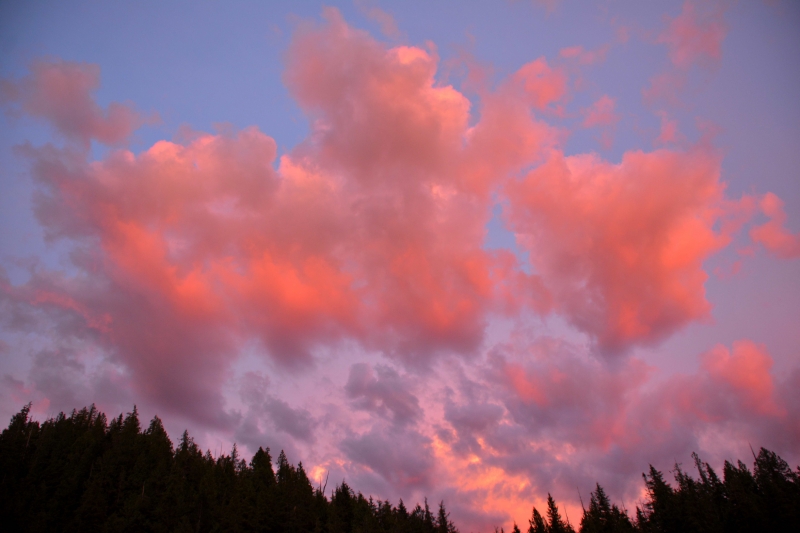Looking To The Skies Makes For Better Boating
23rd September 2022
Weather conditions change rather quickly when you’re out on the water. Late winter and early spring often see changing weather and fast-moving fronts. At such times looking to the skies makes for safe boating.
For centuries mariners have watched the clouds and their movement. From their observations, they soon understood that clouds were good indicators of the coming weather. They observed that the sometimes-significant weather changes were preceded by certain types of cloud formations.
Realizing how quickly conditions can evolve, wise mariners keep an eye on the clouds. They learned to recognize the sometimes-subtle signs of changing weather as basic elements of safe boating.
What this means is that you need to choose your boating days thoughtfully and be aware of potential weather changes. Checking the weather forecast is sound advice, but it is crucial to realize that while reports are updated every few hours, weather can also change within minutes.
For BC boaters, the best source of up-to-date weather information is from Environment Canada – Marine Forecasts and Warnings. Weather forecasts are available 24/7 via phone, internet, and VHF radio. Prudent skippers get an updated report before leaving the dock and monitor the VHF radio while out on the water.
Once on the water, many experienced boaters also keep an eye on the sky. Clouds provide a clue about what is going on in the atmosphere and how the weather might change in the coming hours – or even days – to come. Each type of cloud forms in a different way, and each brings its own kind of weather. Therefore, every boater should fine tune their skill of interpreting clouds.
Cirrus clouds are high, thin, and made entirely of ice crystals. Forming above 20,000 feet, they often look like wisps of white hair. Cirrus clouds, which are a signal of warm moist air rising over cold air, are sometimes an early signal that thickening clouds could bring precipitation in a day or so.

Cirrus clouds are made up of ice crystals
Stratus clouds are flat and layered covering most of the sky. They are much wider than they are tall. They are seen most often below 6,000-feet. If you see them in broken or puffy layers, they are stratocumulus clouds. If they are in thin high layers that turn the sky solid white, they are called cirrostratus clouds. The tiny prisms of ice in a cirrostratus can bend the sun’s light. As a result, often a halo or veil of rainbow colors forms around the sun. When stratus clouds are very thick, they become dark nimbostratus clouds, which can produce rain.
Stratus clouds also signal stable conditions, but lowering stratus may not be the best sign because they can cause reduced visibility in the form of drizzle or fog.

Stratus clouds signal stable conditions, but can produce drizzle or fog
Cumulus clouds are low individual billowy globs that are low, have flat bases and look a little like cauliflower. They are at least as tall as they are wide. They form on sunny days from pockets of rising air. Their outlines are constantly changing. Cumulus clouds usually signal fair weather.
If they build into the middle or high part of the atmosphere, they get the name cumulonimbus. A cumulonimbus cloud that is tall, deep, and dark can bring lightning, rain, and even potential winds. It is a sign of rapidly rising and sinking air currents.

Cumulus clouds are low, billowy, individual globs
Look out for cumulonimbus clouds that build vertically. They look as if they are boiling, which can translate into potential trouble. They signal wind shifts, gusts, line squalls and even thunderstorms. Be sure to tie down loose items and secure your dinghy in case of strong winds.
Admittedly, the nomenclature can be confusing. On the upside, it’s not so much the clouds you see at any given moment that matter; it’s how and how much they change. Cloud changes are the most important indicator of shifting weather patterns. The rate of change is crucial.
Also, cloud colour is a good indicator of evolving weather. Dark clouds are usually not a good sign while vertical growth and lowering clouds signal impending wind and precipitation.
With a little knowledge and a keen eye to the sky, every skipper can become a competent weather forecaster.
(Deane Hislop – In Partnership with Freedom Marine)


